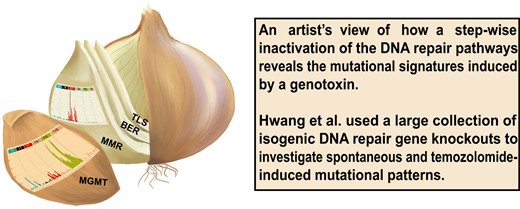2024-12-18 インペリアル・カレッジ・ロンドン(ICL)
<関連情報>
- https://www.imperial.ac.uk/news/259457/antibiotics-help-prevent-drug-resistant-tb-children/
- https://www.nejm.org/doi/full/10.1056/NEJMoa2314318
MDR結核に曝露された小児におけるレボフロキサシン予防治療 Levofloxacin Preventive Treatment in Children Exposed to MDR Tuberculosis
Anneke C. Hesseling, Ph.D., Susan E. Purchase, M.B., Ch.B., Neil A. Martinson, M.B., Ch.B., Lee Fairlie, F.C.P., H. Simon Schaaf, Ph.D., Joanna Brigden, M.Sc., Suzanne Staples, M.B., Ch.B., +11, and James A. Seddon, Ph.D.
The New England Journal of Medicine Published December 18, 2024

Abstract
Background
Worldwide, approximately 2 million children younger than 15 years of age are infected with multidrug-resistant (MDR) Mycobacterium tuberculosis, with MDR tuberculosis developing in approximately 30,000 annually. Evidence from randomized, controlled trials on tuberculosis preventive treatment in persons exposed to MDR tuberculosis is lacking.
Methods
In this community-based, multisite, double-blind, cluster-randomized, placebo-controlled trial in South Africa, we assessed the efficacy and safety of levofloxacin as preventive treatment in children with household exposure to an adult with bacteriologically confirmed MDR pulmonary tuberculosis. Children younger than 5 years of age were eligible for inclusion regardless of interferon-γ release assay result or human immunodeficiency virus (HIV) status, and children 5 to 17 years of age were eligible if they had a positive interferon-γ release assay or HIV infection. Households were randomly assigned to a trial regimen, and children in the household received levofloxacin or placebo once daily for 24 weeks. The primary efficacy end point was incident tuberculosis, which included death from tuberculosis, by week 48 after randomization. The primary safety end point was any adverse event of grade 3 or higher during the treatment period that was at least possibly related to the trial regimen.
Results
Of 922 participants from 497 households, 453 were assigned to receive levofloxacin and 469 to placebo; 91.0% of the participants were younger than 5 years of age. At least 80% of the assigned doses of levofloxacin or placebo were received by 86% of the participants in each trial group. By week 48, tuberculosis had developed in 5 participants (1.1%) in the levofloxacin group and in 12 participants (2.6%) in the placebo group (hazard ratio, 0.44; 95% confidence interval [CI], 0.15 to 1.25). The results of sensitivity analyses were consistent with those of the primary analysis. Grade 3 or higher adverse events during the treatment period that were considered to be at least possibly related to the trial regimen occurred in 4 participants in the levofloxacin group and in 8 participants in the placebo group (hazard ratio, 0.52; 95% CI, 0.16 to 1.71). Grade 2 tendonitis occurred in 1 child in the levofloxacin group.
Conclusions
Although preventive treatment with levofloxacin led to a lower incidence of tuberculosis than placebo among children with household exposure to MDR tuberculosis, the difference was not significant. (Supported by Unitaid and others; TB-CHAMP ISRCTN Registry number, ISRCTN92634082.)


